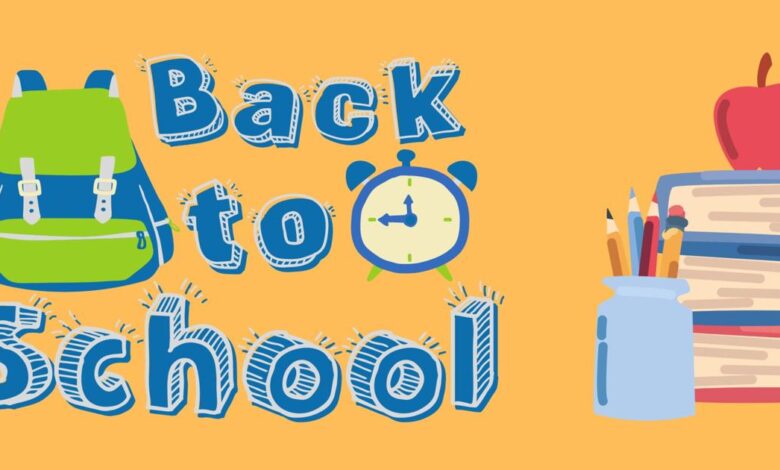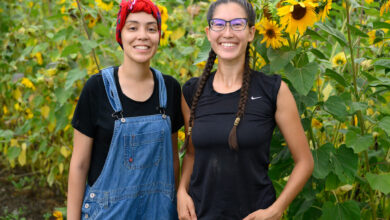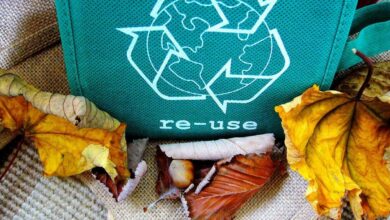Planet-friendly back-to-school tips | Lifestyle

Editors note: This story was previously published on Aug. 7, 2021, and is being reprinted as part of our “Back to School” series.
Going back to school can be a hectic time. Your child will receive a school supplies checklist and for many parents, lunches need to be prepared for one or more kids every morning.
Before you hit the stores, please consider these eco-friendly back-to-school tips in preparation for the upcoming school year. These tips are good for our island and our planet, because by choosing sustainable alternatives you can lessen the strain on our landfill.
Make a list
It is tempting to just print out the school supply list and run to the store. Instead, first, make a list of supplies you already own and can reuse or donate to younger siblings, family or friends.
Backpacks, for instance, can last several years and are washable. If you want to give your backpack a new look, make a cool keychain, add a pin or sew on a patch. You probably do not need to purchase a new ruler, scissors or pencil case.
Eco-friendly supplies
Before you go to the store, always remember to bring your reusable shopping bag to package your school supplies. When you purchase school supplies, opt for those that use minimum packaging, use recycled materials or use renewable energy during the manufacturing phase.
More and more retailers carry eco-friendly alternatives such as recycled binders, markers, refillable pens or chlorine-free notebooks.
Walk, bike
For some kids walking to school is an option. If it is an option it might be the perfect way to clear your mind and be ready for a day of school.
On Guam taking your bike to school is not a common practice, but for those who can safely bike to school, they can give it a try and start a new trend.
Taking the school bus and carpooling on the way to school will minimize green gas emissions. When picking up your kids, try avoiding idling as it contributes to air pollution and is a waste of fuel. Instead, step out of the car and wait for your child under a tree or in the shade.
Reusable masks, bags
Wearing a mask to school is the new norm. To reduce the number of single-use masks in circulation, it might be good to get a few reusable masks.
You can either make them yourself, ask your mother, auntie or neighbor to make you one. If you want to bring extra masks, instead of putting them in a zip-close Ziploc bag consider a reusable washable small bag for your masks.
Waste-free lunch
There are many long-lasting alternatives to single-use food containers, such as water bottles, metal and wooden utensils, straws and water bottles. Once you purchase them, they will last for a while.
Stainless steel lunch boxes and water bottles are healthier and last longer. Stainless steel lunch boxes often have different compartments, which allow you to separate your food in an organized way.
Buying snacks in bulk instead of individual packaging reduces waste. Small containers can be used for snacks or fruit salad. Many schools have water refilling stations to keep you hydrated, which you can easily take advantage of with a refillable water bottle.
Healthy food
Try to grow your own food or buy local food to reduce your carbon footprint by eliminating transoceanic transportation. Coconut, breadfruit and banana chips make excellent snacks.
We usually make a bigger batch on the weekend for the following week. Introduce more plant-based foods as they have a lower carbon footprint.
Reducing meat is another way of lowering your foodprint. Incorporate local pelagic fish rather than imported fish. Try to make food your child will actually eat, to minimize food waste.
A greener lifestyle
Explain to your kids why you are making these eco-friendly choices and developing sustainable habits. Leading by example can encourage their peers to do the same thing.
Else Demeulenaere is the associate director for natural resources for the Center for Island Sustainability at the University of Guam where she mentors students and leads several forest restoration, endangered species recovery and ethnobotanical projects. You can reach her at else@uog.edu.
Read More





